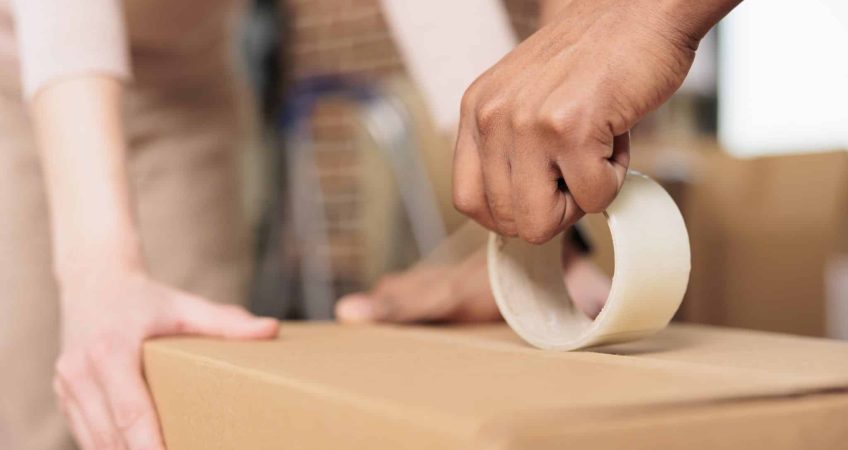There are a wide range of adhesive tapes available in the market, from regular stationery purposes to specialized plumbing and repair processes. Adhesive tapes play a major role in daily life. However, often , people end up complaining about tape quality and usually its about tape that doesn’t stick properly on the surface.
Usually, the adhesive tapes are at not at fault. Some other factors can be the culprit. So, in this blog, we will tell explore factors that are not letting your adhesive tape stick properly.
Improper Storage
Generally, all kinds of adhesive tapes have similar storage requirements: well-ventilated area and room temperature. Duct tape, in particular, can be stored in a 50% dry to -70% humid area. Other than duct tape, all tapes like BOPP tapes, double-sided tapes, cross-filament tapes and masking tapes need well-ventilated storage at room temperature.
Second, the ideal storage temperature ranges from 20°C to 30°C. However, mounting tapes need a storage temperature of around 10°C to 35°C. In case the adhesive tapes are exposed to extreme temperatures, direct sunlight or freezing temperatures, it can affect their stickiness.
Last, the storage area should be dry, free from any contamination, and must be clean. If any of these conditions are not met then the adhesive tape won’t stick properly.
Service Temperature
Service temperature is the temperature at which any kind of adhesive tape would survive after application. For some pressure-sensitive tapes including BOPP tapes, mounting tapes, and double-sided tapes, ideal service temperatures range from 18°C to 35°C. In contrast, masking tapes can withstand higher temperatures. For instance, general masking tape can serve best at temperatures up to 80°C. Whereas, automotive masking tapes can work best at temperatures up to 95°C.
Specialty tapes have a wide range of service temperatures. To begin with, duct tape can withstand ranges from -20°C to 60°C. Aluminium foil tapes and aluminium reinforced tapes can withstand from -20°C to 80°C. Whereas, aluminium glass tape can withstand from -30°C to 120°C.
If the adhesive tape you are going to apply, won’t get the right service temperature, it won’t stick properly to the surface.
Shelf Life
Shelf life is the time limit from the production date during which the adhesive tape should be used. It depends on the type of adhesive applied to the tape for stickiness as every adhesive has its expiry date. Normally, BOPP tapes and similar kinds of tapes have a shelf life of 12 to 15 months.
Whereas duct tape and mounting tapes have a shelf life of 12 months. For other tapes like aluminium tapes, cloth tapes, and masking tapes, it is best to use them within seven months of their production date.
These dates are estimated figures for the shelf lives of adhesive tapes. Hence, it is best to check the shelf life of the adhesive tape with its manufacturer before using it.
Surface Conditions
One of the obvious reasons for the poor stickiness of the adhesive tapes is that the surface it is being applied to is not clean. Almost all kinds of adhesive tapes need a clean, fairly smooth, and dry surface for application. Adhesive tapes like BOPP tapes, masking tapes and double-sided tapes need a smooth surface for best adhesion.
However, specialty adhesive tapes like duct tape, cross-filament tapes, aluminium tapes and binding tapes are designed in a way that they can be applied on irregular surfaces. Being said that it is better to clean and wipe the surface before applying any specialty adhesive tape. Else, any contamination can affect the stickiness of the adhesive tape.
Key Takeaways
It is best to review service temperature, shelf life, adhesion type and product grade before using any kind of adhesive tape. Not every kind of adhesive tape can offer the results you are looking for. So, it is better to know the right type of tape for your requirement before buying one.


